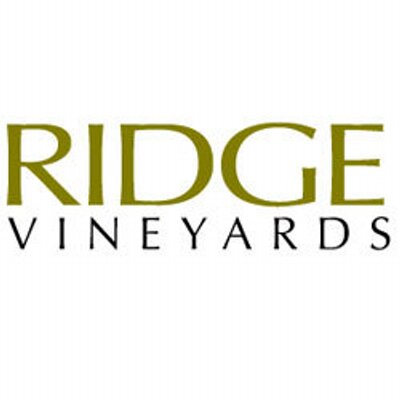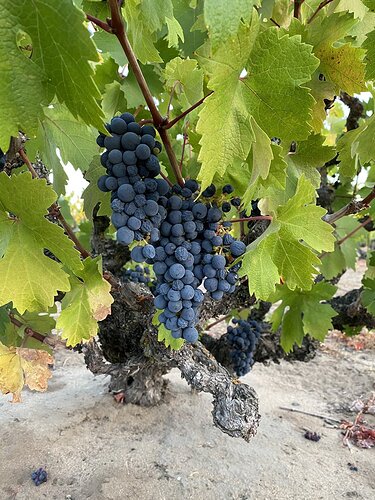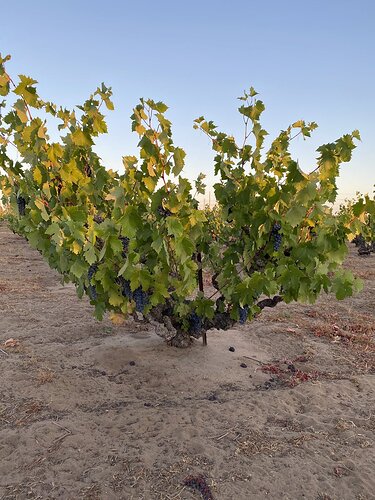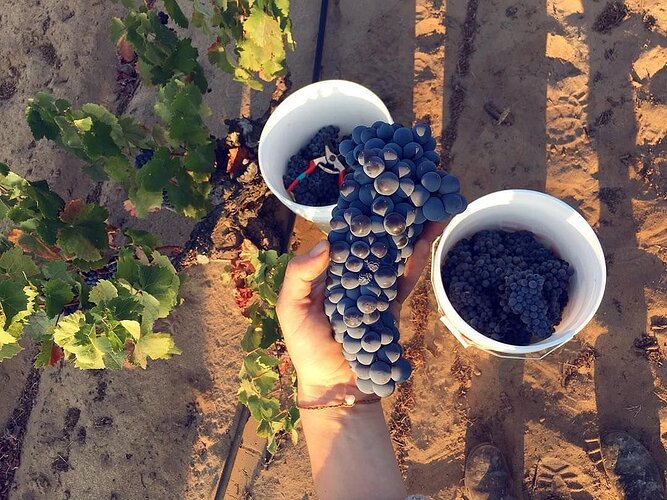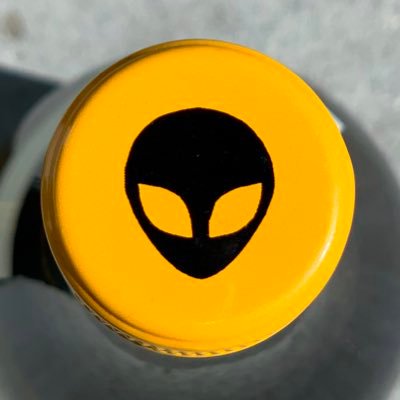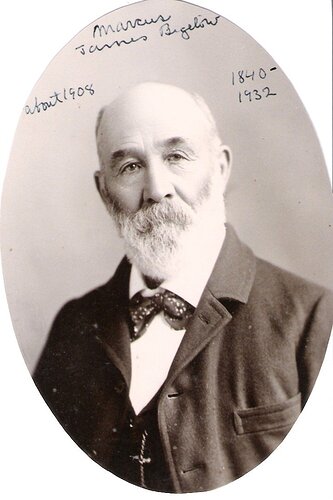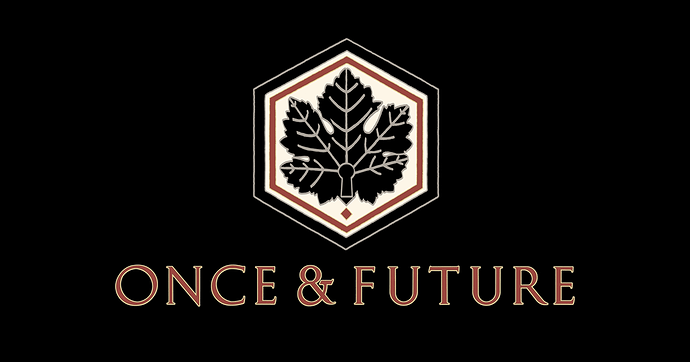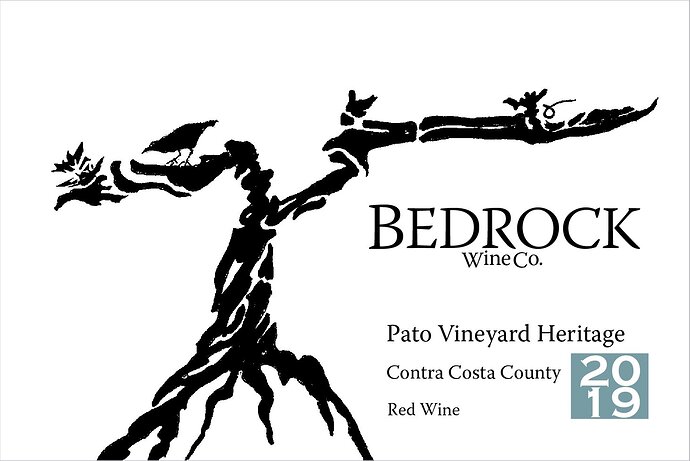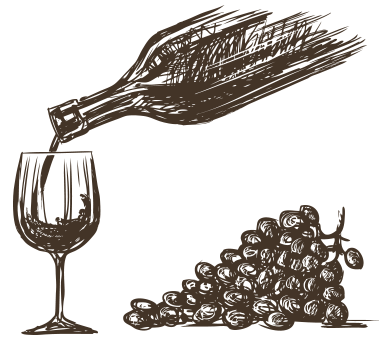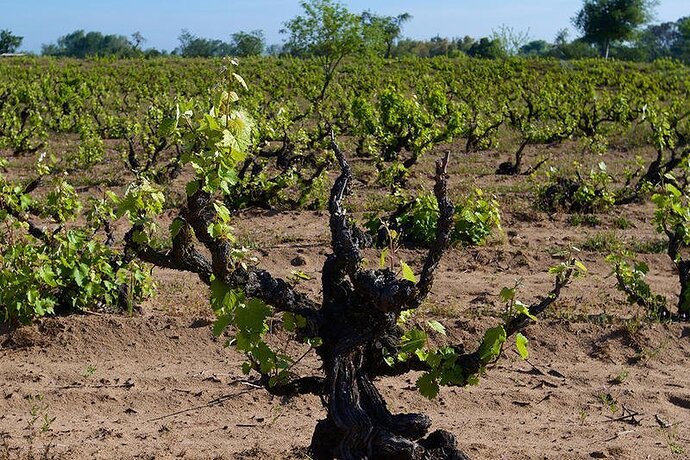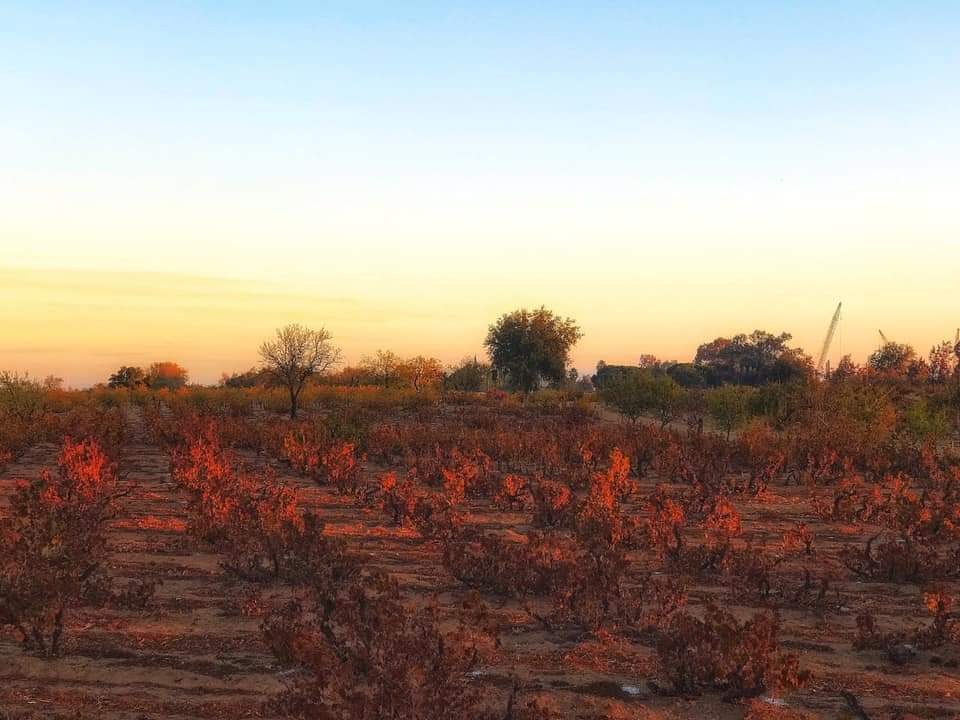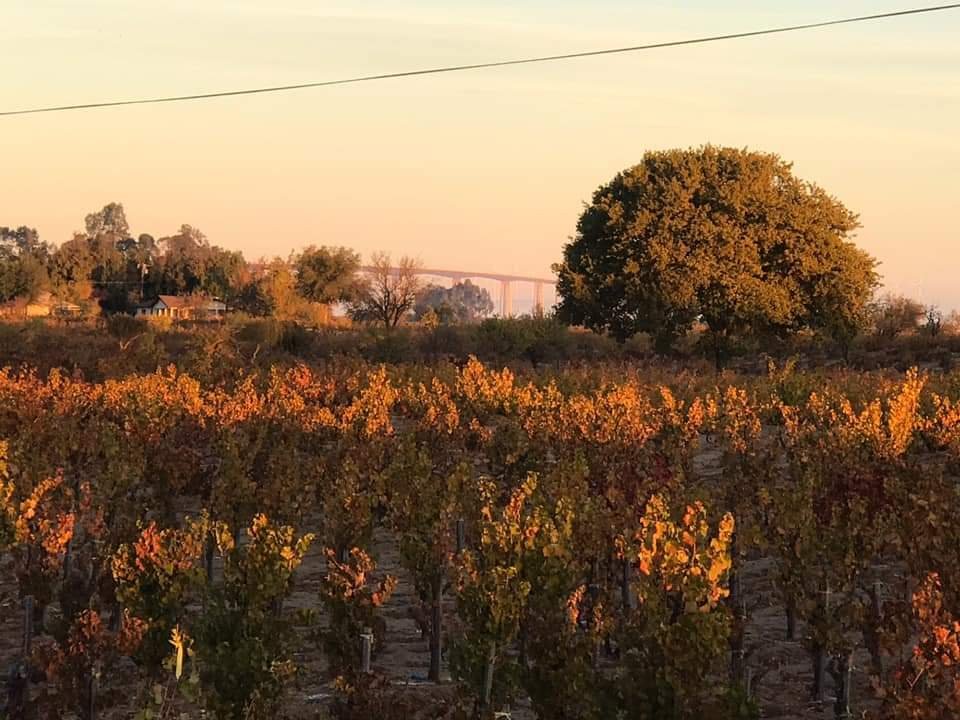I received an email from Matt Cline’s Three Wine Company in anticipation of “National Carignan Day”. I noticed that the current vintage of his winery’s Carignan is sourced not from the “Lucchesi Vineyard”, but from the “Bigelow Vineyard”.
"Marcus James Bigelow was a gentleman farmer and hoedown fiddler who enjoyed playing cards with friends more than farming. While he moved and worked slowly, he was reported to have been a very fast driver. Originally planted in the mid 1880’s, his vineyard on Neroly Road in Oakley is still producing a minuscule quantity of small berry Mataro, Carignane, and Zinfandel. This 130-year-old vineyard is dry-farmed and grown in Delhi Sand series loam soil, which is similar to beach sand. These vines produce a mere 2.5-to-3.5 tons of fruit per acre.
"The 2014 vintage will go down as one of the earliest harvest in over a decade. Despite an ongoing drought and an earthquake that rocked south Napa in late August crush was just getting underway. A mild winter and spring caused early bud break, although the overall length of the growing season was similar to past years. A compacted harvest began in July for sparkling wines and started winding down by mid-October for later ripening varieties. The moderate temperatures allowed for even ripening, concentrated fruit and firm tannins.
“This Carignane is dark black and blue color to the edge, with aromas of cherry, baking spice, and black tea. This savory wine rounds out the palate with dried cranberries, cherry, and supple tannins…”.
Three Wine Company website:
https://threewinecompany.com
*** EDIT ***
The Bigelow Society website features a detailed biography of Marcus J. Bigelow (1840 - 1933):
“Marcus James Bigelow”
from a May 12, 2019, Wine Access email
“A Wine Access Favorite: Matt Cline’s Ancient-Vine Zinfandel”
"Hailing from one of California’s true heritage vineyards, this is easily one of the greatest Zinfandels on the coast, standing shoulder-to-shoulder with giants like Paul Draper’s Ridge ‘Geyserville’ and ‘Lytton Springs’. If you love wine with a velvet-like texture, staggering ancient-vine concentration, and a dark-fruit core loaded with spice, this has your name on it.
"…Winning 93 points from Wine Enthusiast, the 2015 Three Wine Company ‘Bigelow Vineyard’ Zinfandel is Matt Cline’s love letter to an endangered and priceless plot of Contra Costa County. An ancient-vines preservationist, Cline helped save the ‘Bigelow Vineyard’ and its 130-year-old vines from development. As his reward, he reaped this ‘big, ripe and fruity wine’ Wine Enthusiast loves for its ‘firm tannins and full body.’
"It’s thanks to Cline that farmer Marcus James Bigelow’s historic vines are in no danger of succumbing to the bulldozer’s blade. These gnarled, century-old vines were in danger of being torn asunder for Contra Costa’s Bay Area real estate development magnates, like other ancient vineyards in the region which have been uprooted in the name of progress, often erasing a century’s worth of viticulture. ‘But not this one,’ Cline told us. ‘No developer is going to uproot a hundred years of history on my watch.’
"If you stop by ‘Bigelow Vineyard’, sitting off Neroly Road, southeast of Antioch, you’ll understand his passion: thick-trunks of bush-trained vines planted on Contra Costa County’s loamy Delhi sands. The vineyard looks like an alien landscape compared to the neatly manicured rows of Napa or Bordeaux, and ‘Bigelow’s’ unique appearance alludes to its equally intriguing wines. Resembling beach sand, the soil stresses the vines, driving high concentration but reducing their overall production. The result is darkly colored, densely flavored wines (like this one) that are nearly impossible to resist upon release, but gorgeous after a few years in the cellar.
“In 2015 - the 130th anniversary of the vineyard - Cline navigated a fast, intense vintage, one of the earliest on record and the fourth straight year of drought, making for exceptional quality in the grapes. This is a profoundly pleasurable red blend of 86% rich Zinfandel with a smattering of Petite Sirah, Alicante Bouschet, Carignane, and Mataro - all from vines that offer a window into distant California history, hand-planted in days long before Prohibition.”
I am not familiar with any successful campaign led by Matt Cline to rescue a vineyard apart from the “Lucchesi Vineyard”, which is a 13-acre Carignan plot in the Dutch Slough Tidal Restoration Project, in northeast Oakley.
